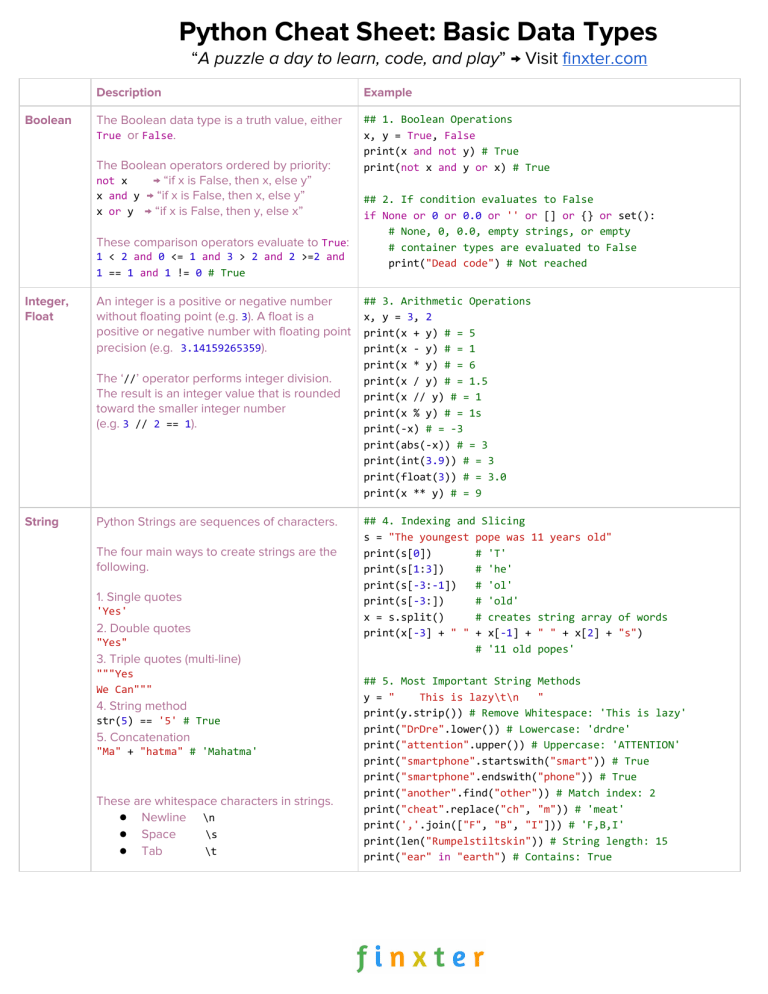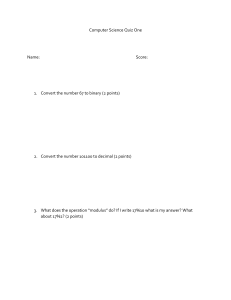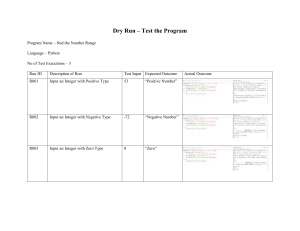
Python Cheat Sheet: Basic Data Types
“A puzzle a day to learn, code, and play” → Visit finxter.com
Boolean
Description
Example
The Boolean data type is a truth value, either
True or F
alse.
## 1. Boolean Operations
x, y = True, False
print(x and not y) # True
print(not x and y or x) # True
The Boolean operators ordered by priority:
not x
→ “if x is False, then x, else y”
x and y → “if x is False, then x, else y”
x or y → “if x is False, then y, else x”
These comparison operators evaluate to True:
1 < 2 and 0 <= 1 and 3 > 2 and 2 >=2 and
1 == 1 and 1 != 0 # True
Integer,
Float
An integer is a positive or negative number
without floating point (e.g. 3). A float is a
positive or negative number with floating point
precision (e.g. 3.14159265359).
The ‘//’ operator performs integer division.
The result is an integer value that is rounded
toward the smaller integer number
(e.g. 3 // 2 == 1).
String
Python Strings are sequences of characters.
The four main ways to create strings are the
following.
1. Single quotes
'Yes'
2. Double quotes
"Yes"
3. Triple quotes (multi-line)
"""Yes
We Can"""
4. String method
str(5) == '5' # True
5. Concatenation
"Ma" + "hatma" # 'Mahatma'
These are whitespace characters in strings.
● Newline \ n
● Space
s
\
● Tab
t
\
## 2. If condition evaluates to False
if None or 0 or 0.0 or '' or [] or {} or set():
# None, 0, 0.0, empty strings, or empty
# container types are evaluated to False
print("Dead code") # Not reached
## 3. Arithmetic Operations
x, y = 3, 2
print(x + y) # = 5
print(x - y) # = 1
print(x * y) # = 6
print(x / y) # = 1.5
print(x // y) # = 1
print(x % y) # = 1s
print(-x) # = -3
print(abs(-x)) # = 3
print(int(3.9)) # = 3
print(float(3)) # = 3.0
print(x ** y) # = 9
## 4. Indexing and Slicing
s = "The youngest pope was 11 years old"
print(s[0])
# 'T'
print(s[1:3])
# 'he'
print(s[-3:-1])
# 'ol'
print(s[-3:])
# 'old'
x = s.split()
# creates string array of words
print(x[-3] + " " + x[-1] + " " + x[2] + "s")
# '11 old popes'
## 5. Most Important String Methods
y = "
This is lazy\t\n
"
print(y.strip()) # Remove Whitespace: 'This is lazy'
print("DrDre".lower()) # Lowercase: 'drdre'
print("attention".upper()) # Uppercase: 'ATTENTION'
print("smartphone".startswith("smart")) # True
print("smartphone".endswith("phone")) # True
print("another".find("other")) # Match index: 2
print("cheat".replace("ch", "m")) # 'meat'
print(','.join(["F", "B", "I"])) # 'F,B,I'
print(len("Rumpelstiltskin")) # String length: 15
print("ear" in "earth") # Contains: True





